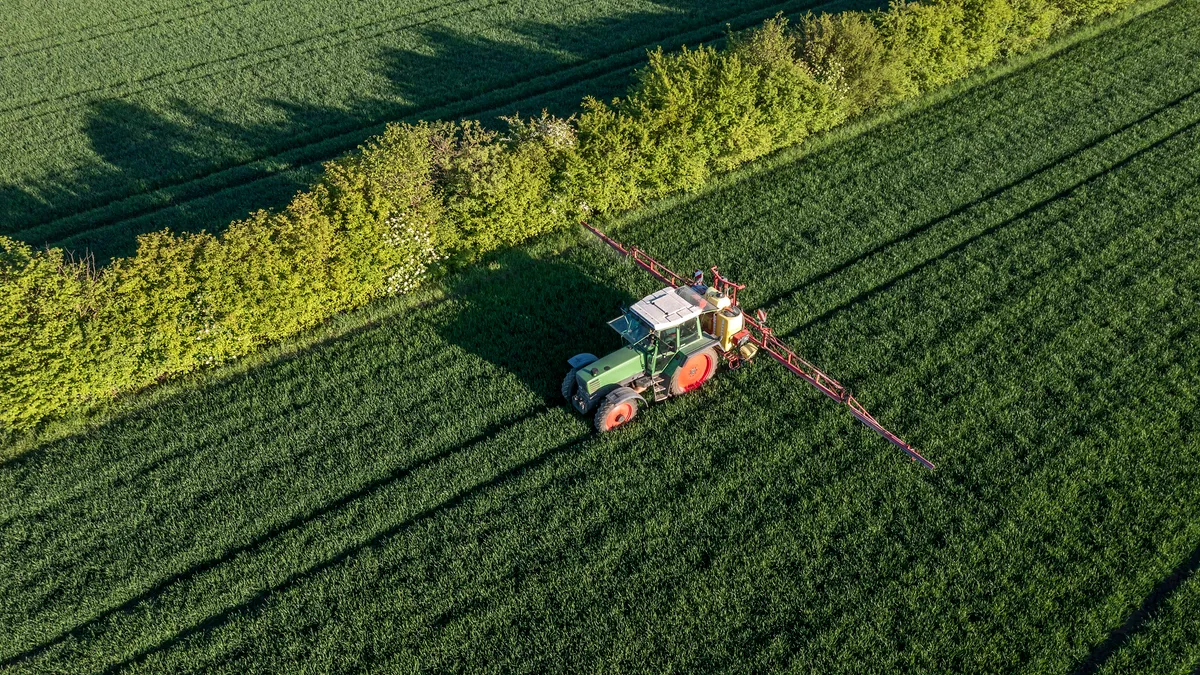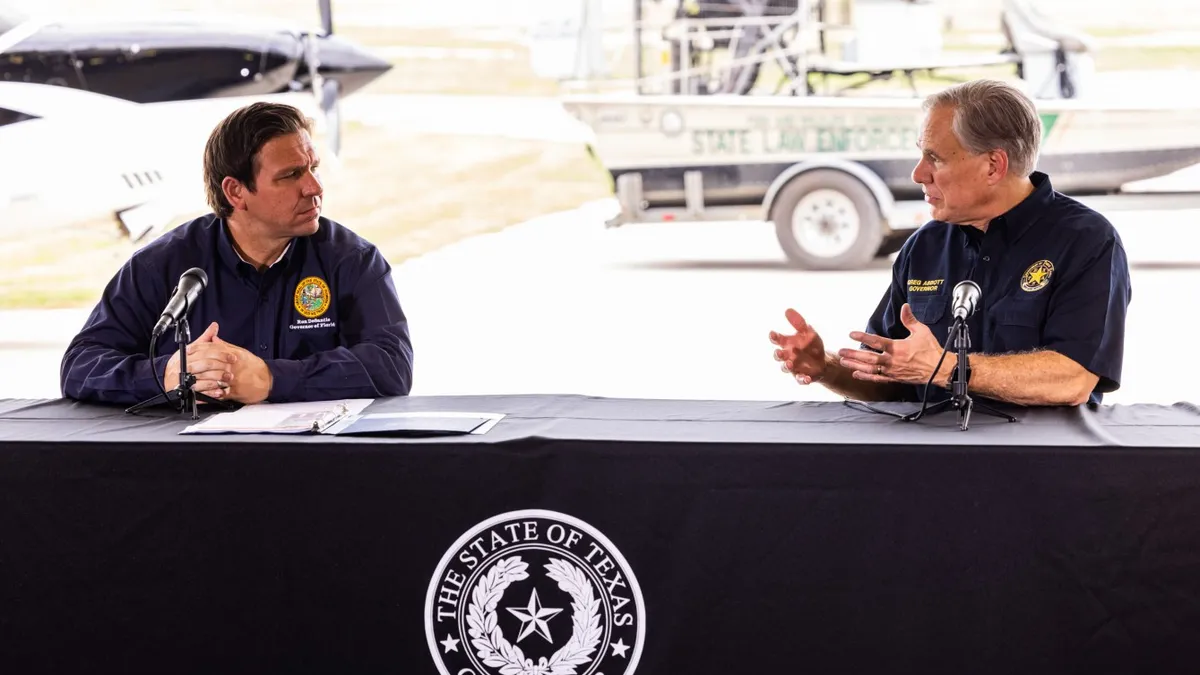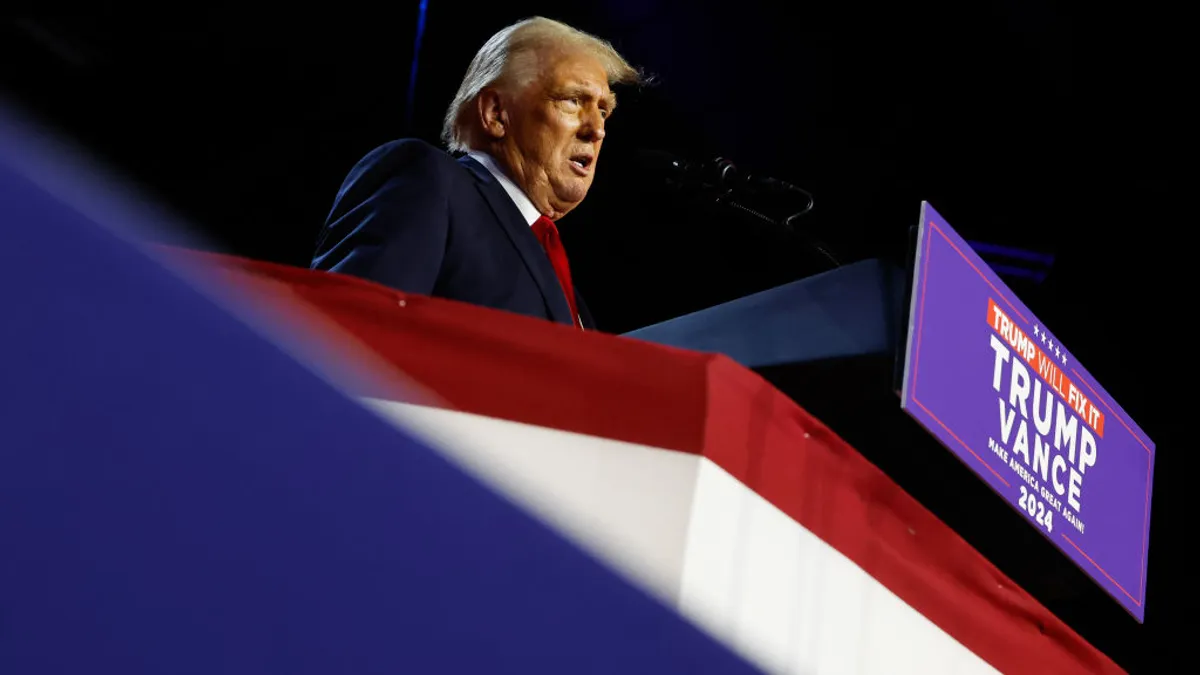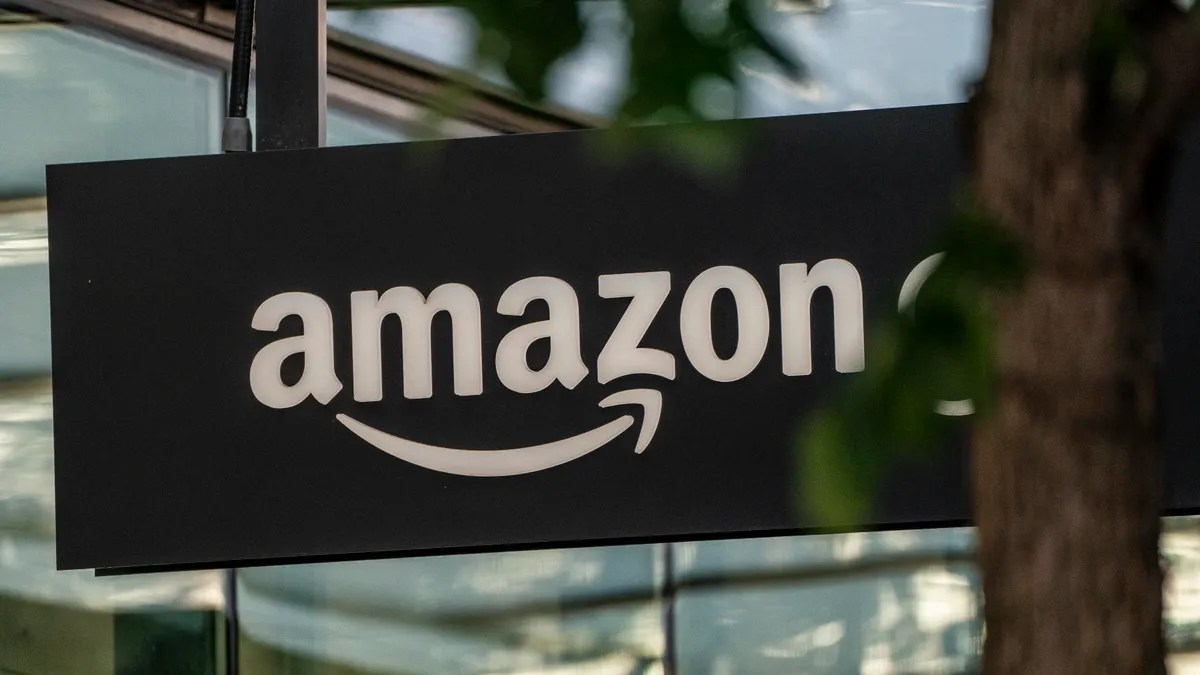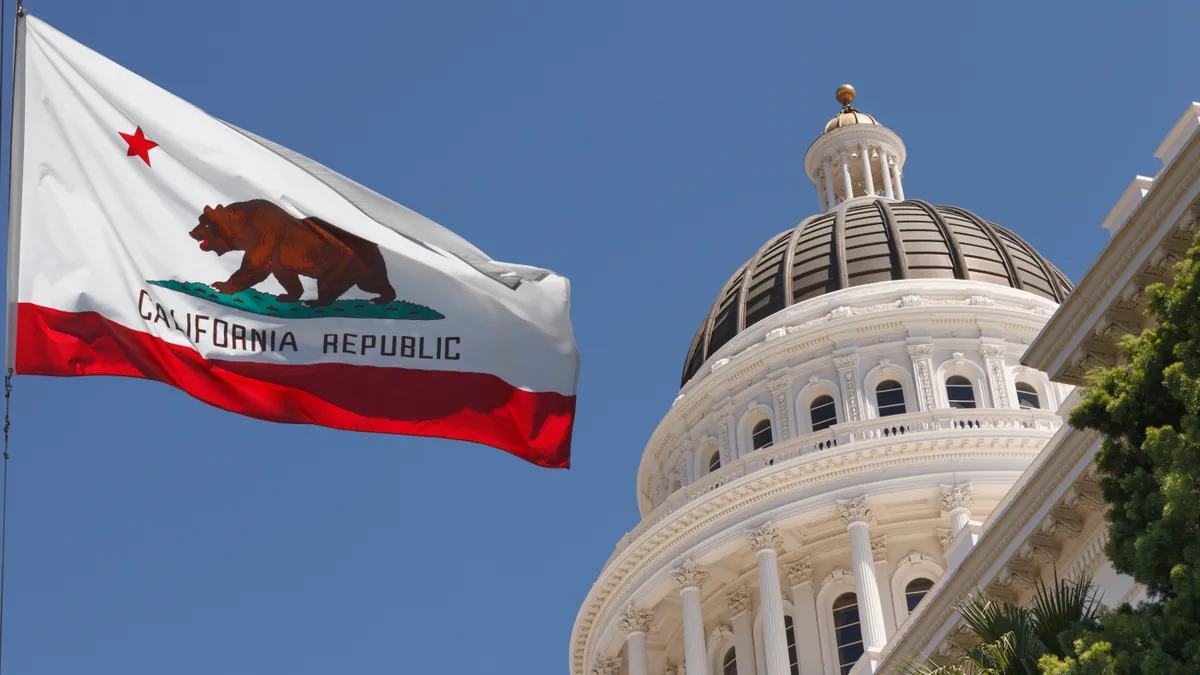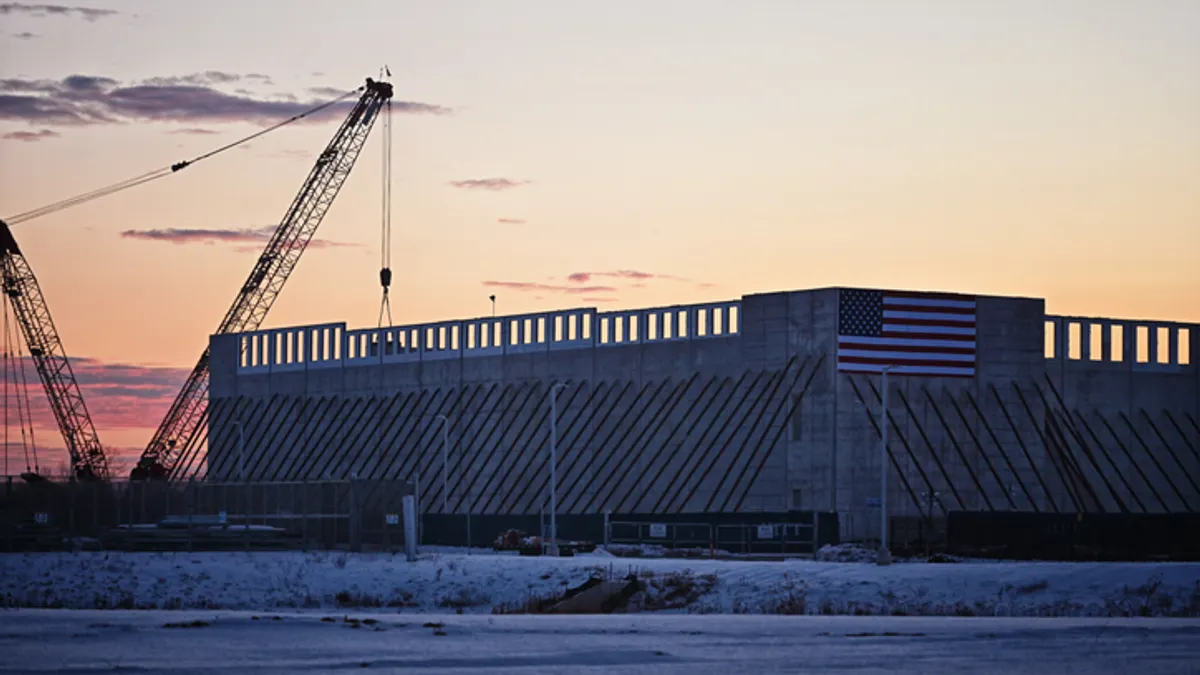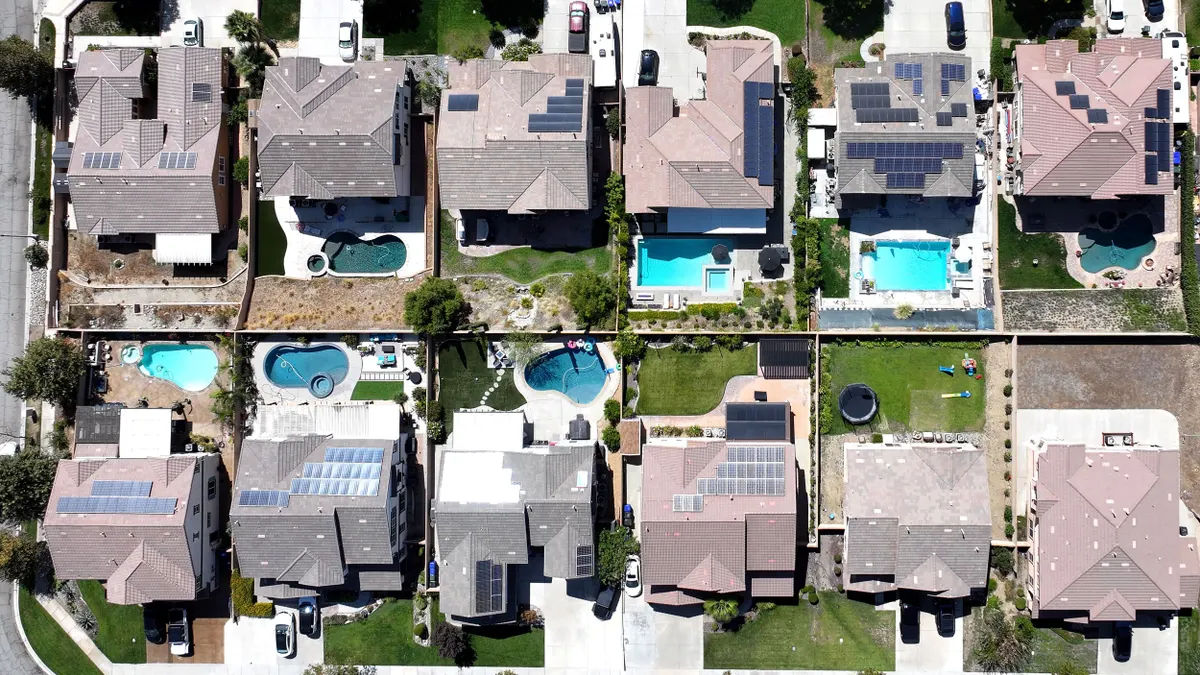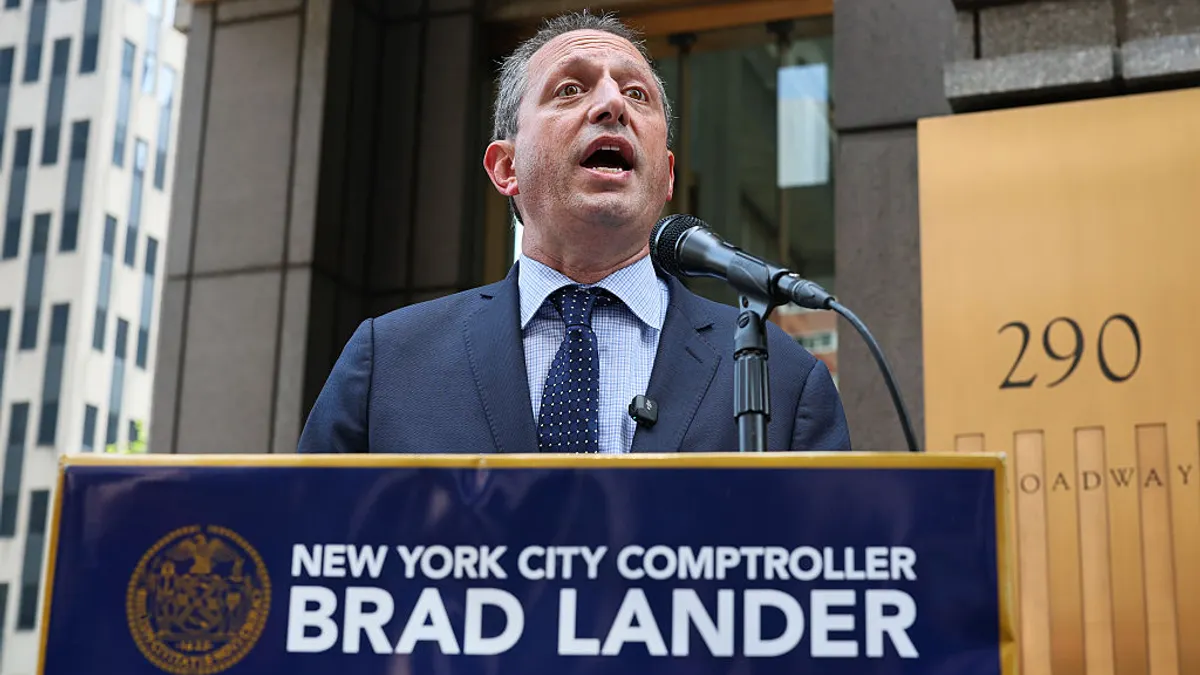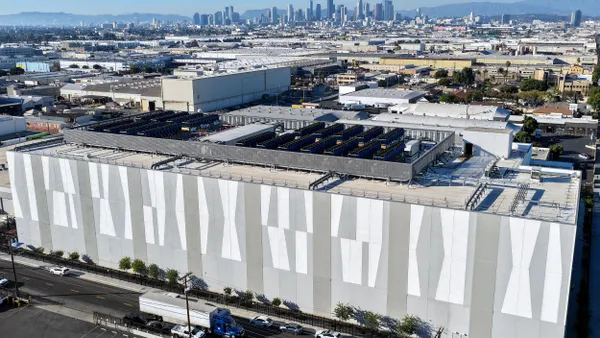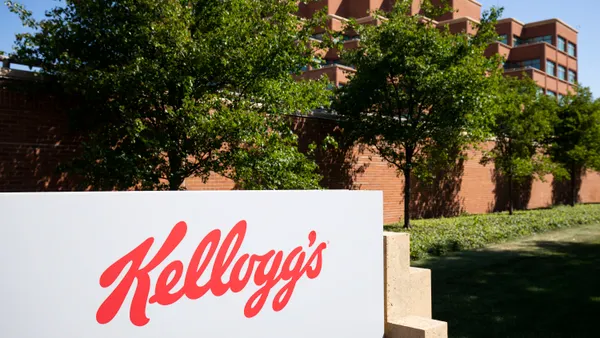In order for companies to achieve net-zero greenhouse gas emissions, relying on carbon removal projects is “unavoidable,” according to a 2022 report by the Intergovernmental Panel on Climate Change.
However, some critics have said carbon offsetting draws efforts away from reducing emissions. Moreover, the credibility of the voluntary carbon market has come into question in recent years. A 2023 investigation by the Guardian, German weekly Die Zeit and SourceMaterial determined that 90% of rainforest carbon offsets by the world’s biggest certifier, Verra, were “worthless,” and about 87% of carbon offsets used by 20 major companies were at “high risk of not providing real and additional emissions reductions,” according to a 2024 study in Nature Communications. In July, an investigation by Reuters found that 24 of 36 conservation projects in the Brazilian Amazon offering carbon offsets were linked to illegal deforestation.
Nevertheless, the European Union announced in July it would include carbon credits in its strategy for reaching 2040 climate targets. And large companies like Microsoft are still betting on carbon offsetting by investing in large-scale, long-term projects.
While planting trees may be the best-known form of sequestration, soil-based carbon capture, which involves using regenerative agriculture or alternative farming practices so that a given area of farmland captures more carbon, is starting to attract attention and investment. But as with reforestation projects, soil-based carbon storage requires assessment and verification to ensure that carbon capture is real.
Last month, Perennial — a company that provides crop and land-use measurement, monitoring, reporting, and verification — announced the release of VT0014, a soil carbon quantification software approved by voluntary carbon market standard setter Verra. The tool allows carbon capture to be estimated with less physical soil sampling, the traditional method, and at much lower costs. Bayer, rTek, Anthesis, and Cool Path are among the companies that have already committed to implementing the software, according to the announcement.
Perennial provides MMRV services to corporations interested in carbon offtake solutions, project developers focused on carbon offsetting, scope 3 reduction programs, and corporate sustainability and risk programs.
“We see agriculture as the largest and most immediate carbon sink out there,” said Jack Roswell, co-founder and CEO of Perennial. “The key thesis here was always about scalability. The company’s vision is unlocking the financial incentives to regenerate 100 million acres of land across the earth.”
Roswell spoke with ESG Dive about how the software can benefit carbon-capture projects based on regenerative agriculture.
Editor’s Note: This interview has been edited for length and clarity.
ESG DIVE: Why did your company decide to focus on modeling soil carbon sequestration? How does this method compare to, say, reforestation?
JACK ROSWELL: When you look at agriculture versus forestry, when you invest in regenerative agricultural systems, you see tremendous co-benefits beyond the key benefit of carbon capture, in terms of supply chain resiliency and making sure that we maintain and increase food production. You have biodiversity elements when it comes to animals, soil health and nutrition. There's a lot of literature that demonstrates concerns about our ability to produce enough food in the future. We can’t keep growing food in a way that is starting to destroy lands, so we need to make investments to restore nature.
Then, in terms of scale, there’s about 4 billion acres of agricultural land out there, and you don’t need to develop any new technology in terms of implementation. Regenerative agriculture is just the use of conventional agriculture in a way that improves soil health. So it's a solution that we can introduce immediately, as long as the financial incentives are there for farmers to make that switch.
How is existing agricultural land turned into land that captures carbon?
The first change is no tilling. Instead of tilling, which involves mixing up the soil and releasing carbon, you can directly inject seeds into the soil. The second one is cover cropping. The simple way of explaining this is making sure that there’s always something covering and growing in the soil. As those plants grow through photosynthesis, they’re pulling carbon dioxide from the atmosphere through the roots and storing it in the soil.
Today there’s a lot of innovation happening in agriculture, so there are new materials that improve soil health like compost or biochar, a charcoal-like substance. There are also different ways of rotating crops, and different animals that you could use. The point is that you need an outcome-based tool to be able to measure the impact of those practices regardless of what’s going on on the farm, which is where our software comes in.
How does your software make it easier to calculate how much carbon a given area of land is capturing?
When we founded the company back in 2018, the only method of measuring carbon was to walk into a field, collect dirt, literally put it in a plastic bag, ship it off for a few weeks to the lab and have it processed. It was extremely expensive, extremely laborious, and you can imagine that for this industry to scale, you can't go collecting all of that data on every single farm.
In terms of how we’re able to achieve scalability with our model, there are really three inputs. Physical soil sampling has a lot of problems, but it’s the gold standard and is critical for training models and spot-checking. We still take physical soil samples, but we don’t need to collect them on every single field. The second input is high-resolution environmental data, hundreds of different pieces of information like slope, topography, precipitation and temperature. And the third is remote sensing data and satellite data. We're not just taking what we call pretty pictures of farms. The idea is that through the satellites, getting multiple images every day for decades, we’re able to understand what was happening on a particular farm that led to the kind of ecosystem and soil that exists.
“A lot of the questions and concerns about the voluntary carbon market have been about risk. Public and private corporations want to know, how can we be confident that the environmental impact and the carbon removal actually occurred? We believe that this is the technology that gives people confidence to invest in agricultural decarbonization, period.”

Jack Roswell
Co-founder and CEO of Perennial
When you plug all of that into the model, you’re able to understand what actually causes the carbon to be at certain levels in certain places, and so then you can reproduce that calculation in areas where you have no physical sampling.
Why is it important that VT0014 is now certified by Verra?
Perennial’s technology to measure carbon in soil is now certified by what the industry sees as the most rigorous standard out there that applies to both the voluntary carbon offset markets and companies wanting to integrate carbon capture into scope 3 emissions reduction. That’s so important because there’s still a lot of risk in this space, and there’s not a lot of standardization. We wanted to make sure that we were certified by the most rigorous standard.
In your announcement, you said that you wanted to expand access to the carbon market. Can you talk about what you mean by that and how your software can help?
Traditional models take millions of dollars to be developed, and they need to be tested in every single geography. So they might be limited to certain geographies where there's a lot of investment, like North America or Brazil. Through our work with Verra, we are pre-approved globally. It might perform better in different regions, but it was developed in a way that's standardized across the globe. That’s why we call it MMRV anywhere.
So the only thing that we need to be able to unlock somewhere like Kazakhstan, where we have a partner with our technology, is to take a few physical soil samples. Depending on the region, it can be done with 10 times fewer or up to 100 times fewer samples than with existing techniques. We use that to calibrate the model to quantify soil carbon in that region with high accuracy, and then we’re already up and running.
We can do that in a matter of weeks instead of years and millions of dollars. The cost can be 100 times lower. So when we talk about democratizing access to carbon markets, the missing link has been MMRV. That’s what the technology unlocks.
In recent years investigations have uncovered fraudulent or meaningless carbon capture projects, including those certified by Verra. Can software solve this problem?
A lot of the questions and concerns about the voluntary carbon market have been about risk. Public and private corporations want to know, how can we be confident that the environmental impact and the carbon removal actually occurred? We believe that this is the technology that gives people confidence to invest in agricultural decarbonization, period. We now have a standardized, trusted way of knowing exactly what a project’s carbon levels are today and how those change every year, and that’s what is going to give buyers confidence.
This industry is very nascent. There are only a few projects on a few million acres that are spread out across the world. We’re expecting, and have already seen, significant growth in this industry. This could be on the scale of tens of millions of acres in the next few years. So we think our technology is an important catalyst that can create trust in a market that has a lot of risk and unlock more investments.
Clarification: The story has been updated to reflect that VT0014 was developed by Perennial in collaboration with Verra.

